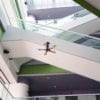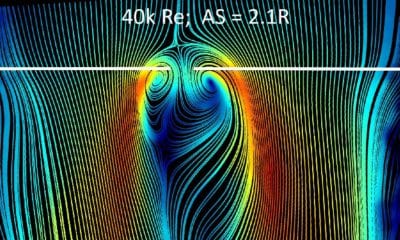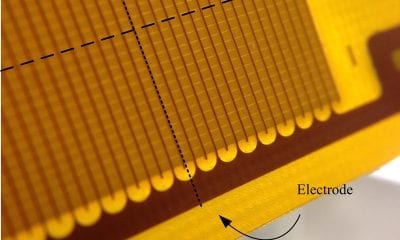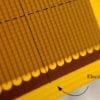
News
The Dandelion’s Gift to Aerodynamics – Separated Vortex Rings
The flight of Dandelion seeds never cease to impress as they travel over large distances in the air and stay afloat for incredible amounts of time, demonstrating better performance than any parachute developed as yet. While the aerodynamic profiles of aircraft and their lift generating techniques were initially modeled after the flight of birds, dandelions have been using some unique aerodynamic phenomenon in their structure that could equally be applied to manned and unmanned aircraft.
The dandelion’s parachuting abilities are especially interesting primarily due to its aberration from other flowers and its apparent contradiction with the very fundamentals of parachute design.
Most flower seeds, such as the seeds of a maple, normally have curved, aerodynamic profiles that help them act like wings as they glide through long distances. Dandelions seeds, however, have precisely spaced bristles and a lot of empty space, making their structure truly unique.
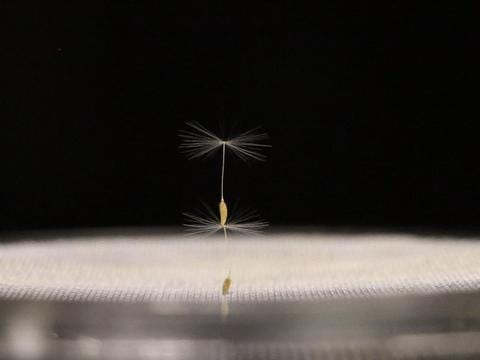
When dandelion seeds fly, a ring-shaped air bubble forms as air moves through the bristles, enhancing the drag that slows their descent.
Similarly, a parachute is designed by increasing surface area while adding as little weight as possible and a hole poked through a parachute is catastrophic for its performance. However, a dandelion seed is mostly just empty space full of air and unlike a parachute, air flowing through a dandelion does not inhibit its parachuting abilities at all. This is what inspired researchers from Edinburgh university to study the structure of dandelion seeds in regards to its aerodynamic performance.
The researchers published their study, “A separated vortex ring underlies the flight of the dandelion on Nature”, (https://www.nature.com/articles/s41586-018-0604-2) which has revealed some amazing insight into the structure of dandelion seeds that stimulate an aerodynamic phenomenon never observed before; Separated Vortex Rings.

A ring-shaped air bubble forms as air moves through the bristles, enhancing the drag that slows their descent, according to new research from the University of Edinburgh.
What are Separated Vortex Rings?
The dandelion seeds are largely made of empty space filled by air between the bristles of the seed. However, the dandelion seed makes use of the flowing air to increase its drag that makes its descent extremely slow.
Due to the space between the bristles of the dandelion seed, a vortex ring is created above the seed. This vortex is inside the cavity formed by the bristles of the seed that would normally sound like wasted empty space. Since it is detached from the seed itself, it is called a Separated Vortex Ring. The precise spacing between the bristles of the seed keeps the ring just above the seed at all times.
This ring, although it is not made of solid material, increases the drag produced in a dandelion seed. It can be simply stated that essentially, a separated vortex ring acts like “a parachute made of air.”
How separated vortex rings could help with aerodynamic development:
Separated Vortex rings can reduce the power needed to lift a drone or aircraft to much smaller amounts, to the point that a quad-copter would only need rotors for horizontal propulsion. Commenting on what this discovery might have to add to the industry, one of the researchers commented:
“Taking a closer look at the ingenious structures in nature – like the dandelion’s parachute – can reveal novel insights. We found a natural solution for flight that minimizes the material and energy costs, which can be applied to engineering of sustainable technology.” – Dr. Cathamus Cummins, Edinburgh University.


